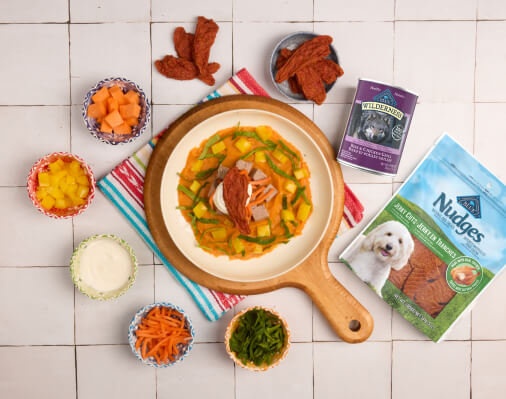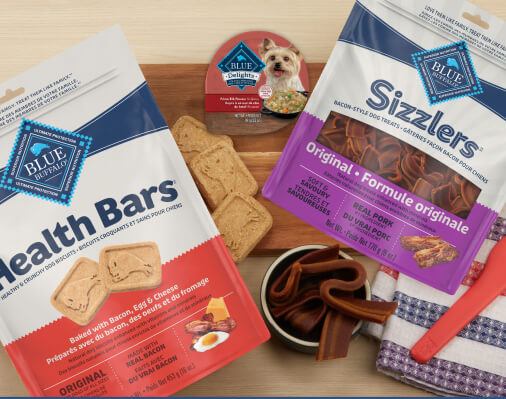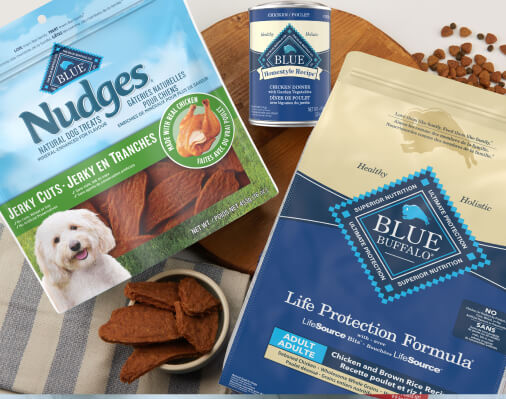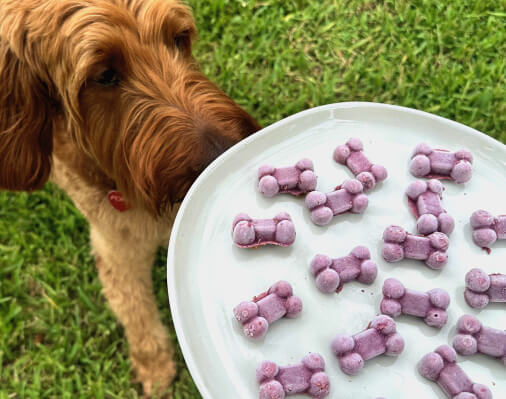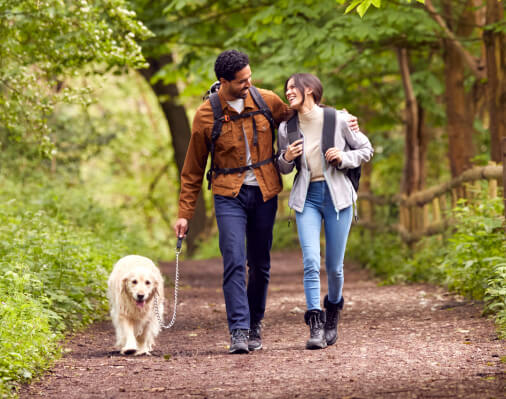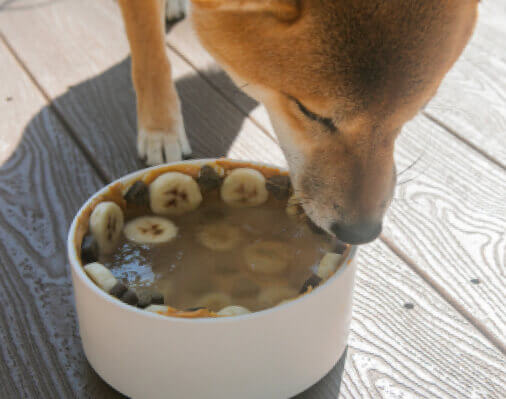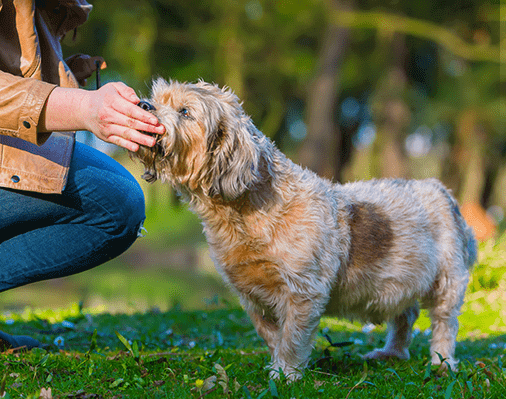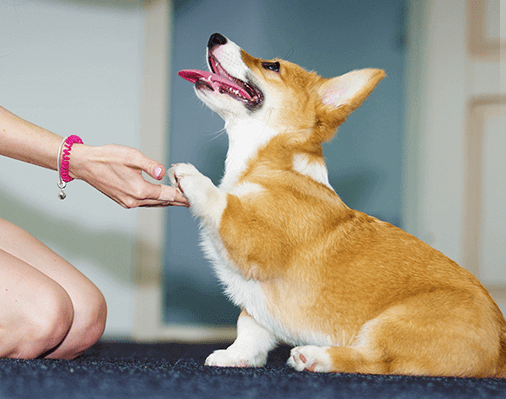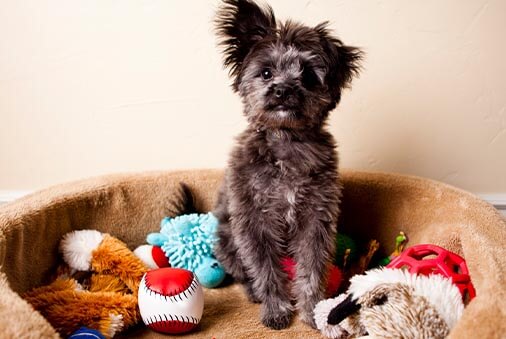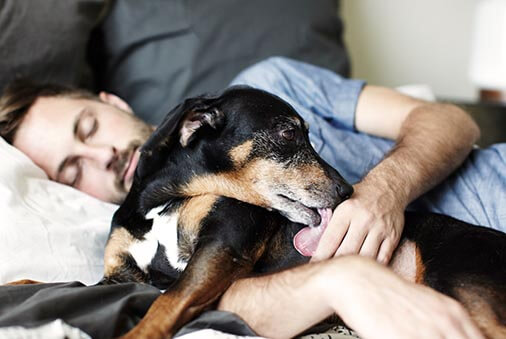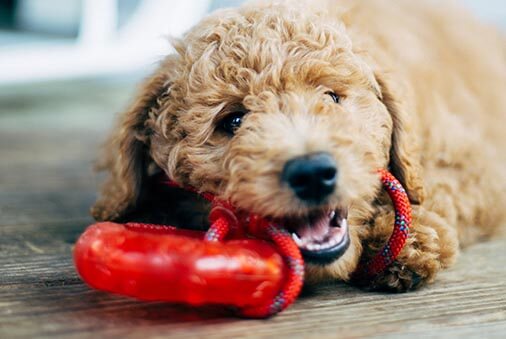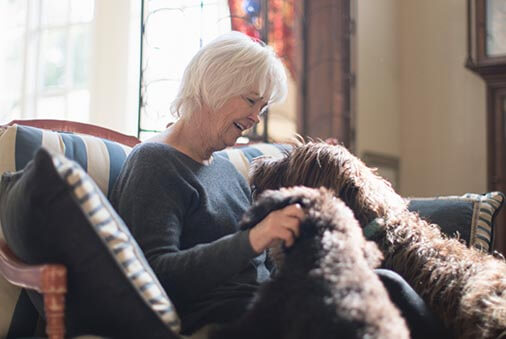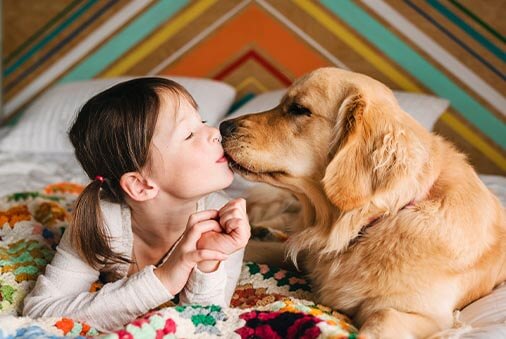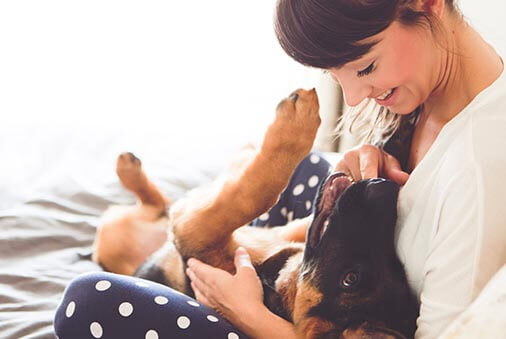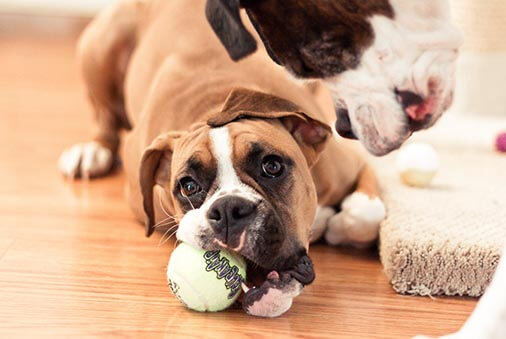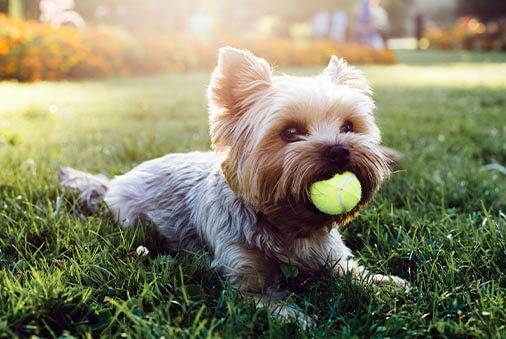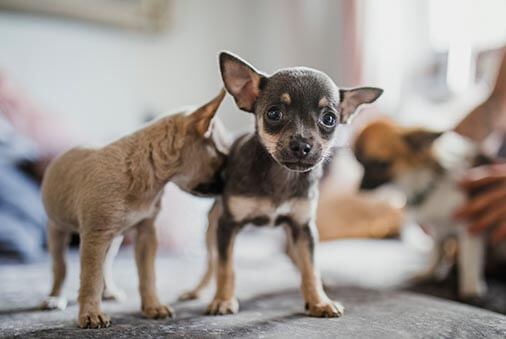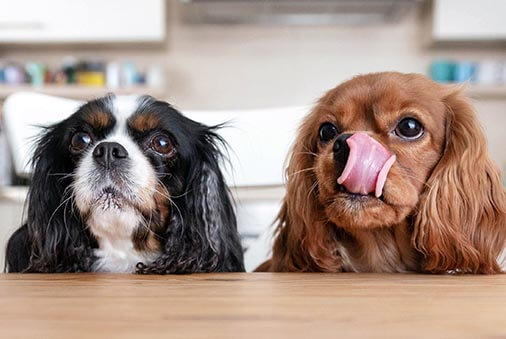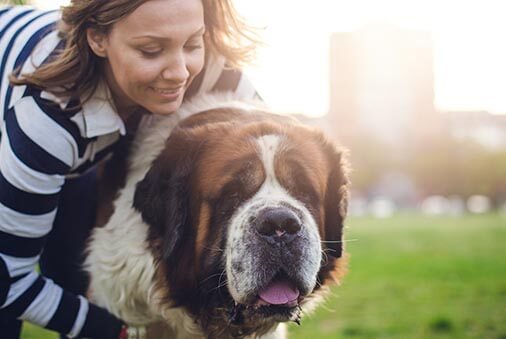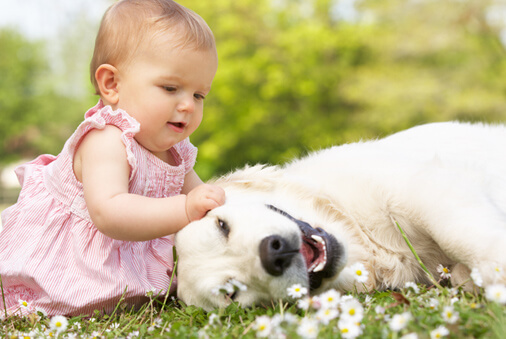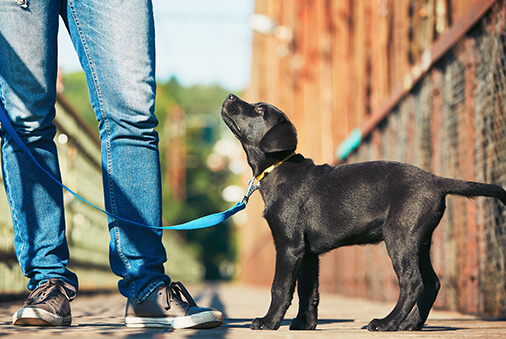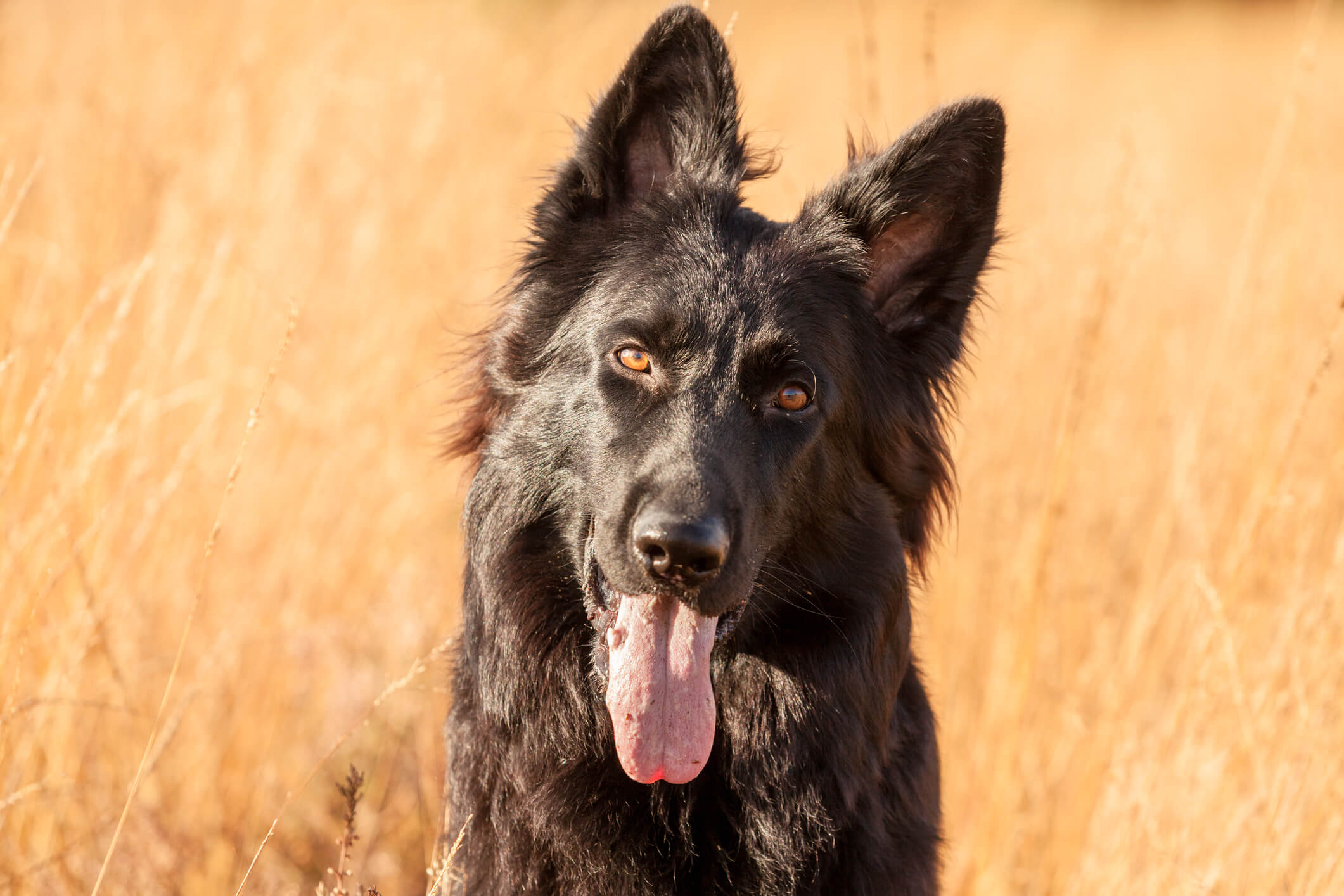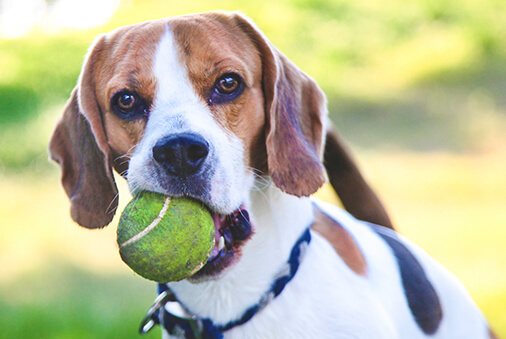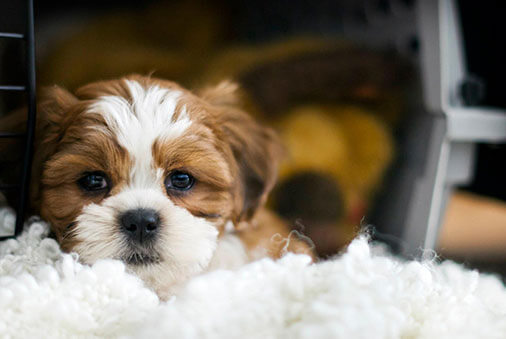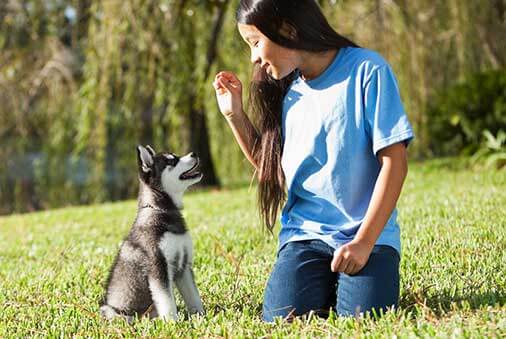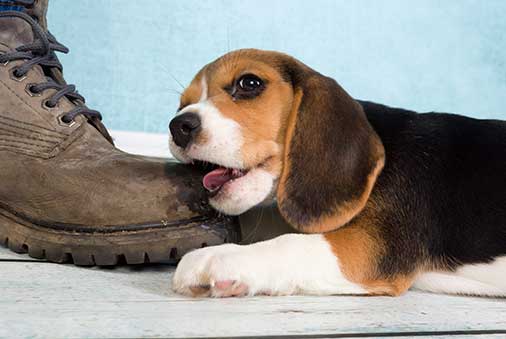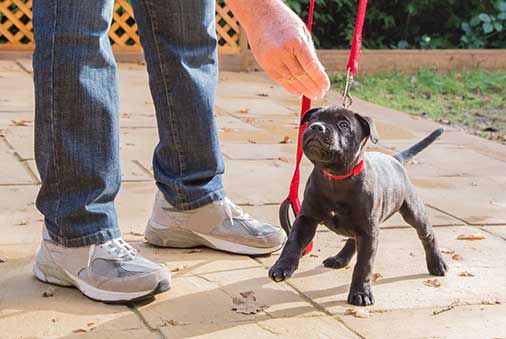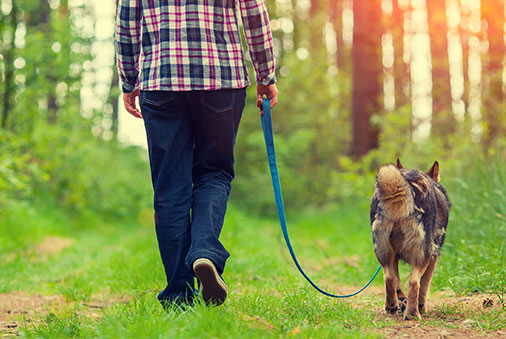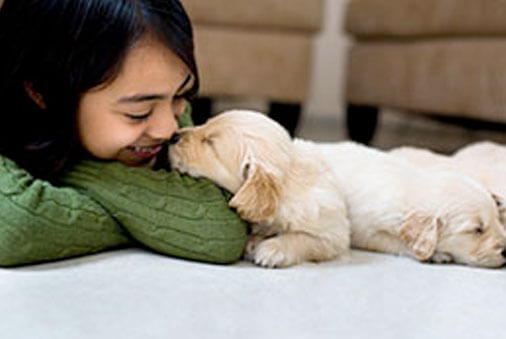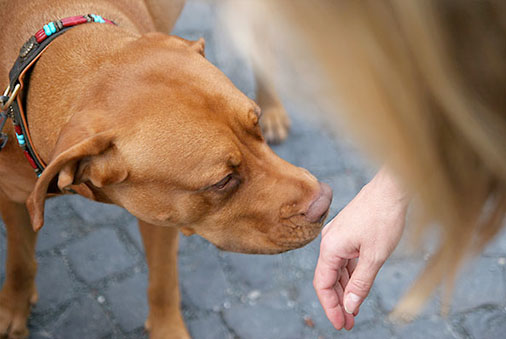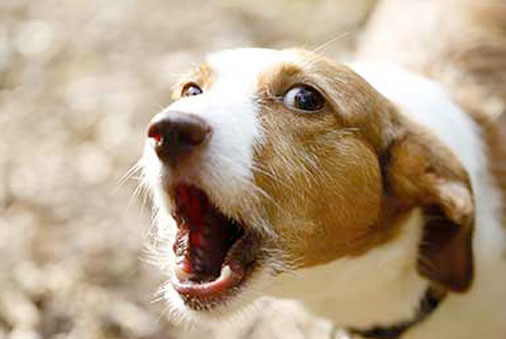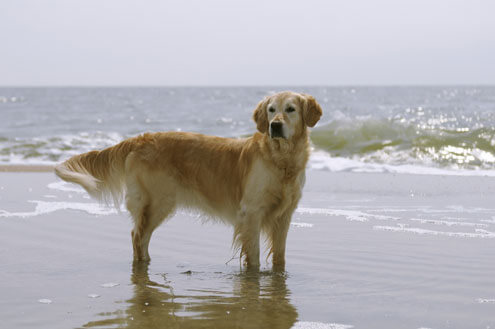The bigger the pup, the bigger the love! But along with your pal’s massive size comes a massive need for good manners. Dogs of any breed are generally considered “large” when they weigh between 50 and 100 pounds. Large breeds sometimes need a different approach to training. Here are some key pointers and important things to know when training your supersized canine.
1. Work on the meet-and-greet.
Little pups might be able to get away with jumping on people, but large puppies? Nobody wants to be bowled over by 100 pounds of excited puppy dog! Aside from the basic commands (Sit, Stay, Come, and Heel), teaching your large-breed dog to be calm and polite when greeting others is super important. Pro tip: Use a wide, non-retractable leash when you practice so you can always keep him, and the situation, under control.
2. Get your pal used to being handled and touched.
When your dog is a puppy, you’ll be able to pick him up and move him with ease. Very shortly though, your little pup is going to be a large dog with a mind of his own. Teach your pal to stay still and calm when getting his nails trimmed, teeth brushed, ears cleaned, or while being groomed. It’s also important to teach him to follow your cues on leash and come when called. This will help you later; if a large dog decides he doesn’t want to do something — for instance, go into the veterinarian’s office — you won’t be able to make him!
3. Keep an eye on playtime.
Whether your pup is playing with other dogs or kids, make sure you stick around and keep watch. Younger large-breed dogs can be especially unaware of their size, which can result in playmates or kids being knocked over if playtime gets too enthusiastic. Some large-breed dogs even like to sit on their people’s laps — which is a problem if the lap he wants is your kid’s! In general, it’s a good idea to be ready to step in and calm things down if needed.
4. Teach him tricks when the time is right. And build up to longer walks.
Given his size, some tricks may be harder on your large dog’s joints. Some positions also might be difficult for him to achieve. Go slow and be mindful of what you’re asking him to do. Keep the high-impact stuff for learning when your big guy is older and his joints are fully developed (usually at over a year in age). You should also keep walks on the short side during your pup’s development. Walk on soft surfaces (like grass instead of asphalt, (whenever possible) and take frequent breaks. As your puppy grows, you can gradually increase your walk time — and remember, playing counts as exercise!
5. Short sessions are the recipe for success.
Your pal may be large, but his attention span isn’t! Keep training sessions under 15 minutes to avoid frustration. Short sessions will also help prevent him from getting worn out from all the repetition. And don’t forget: Finish with a command your dog knows how to do so the session ends on a positive note.
If you need more help, your veterinarian can recommend a professional trainer who can help guide your large-breed pup to good canine citizenship.


